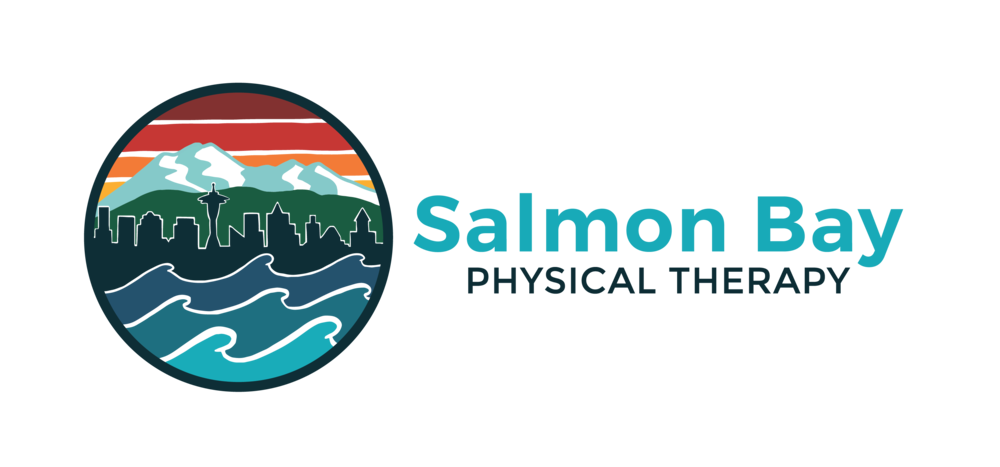Shoulder injuries are common among golfers. The shoulder is an incredibly mobile joint that lacks a lot of inherent stability and is exposed to significant forces during the golf swing. When a shoulder is moving properly and has sufficient strength, there generally is not a problem during the golf swing. Conversely, if there is a deficit in shoulder mobility or strength in a golfer, there is a good chance of eventually experiencing some shoulder pain while golfing. Here are some ways to check your own shoulder for rotational mobility:
INTERNAL ROTATION
Reach your arm behind your back: how high can you reach your thumb? Is it between your shoulder blades? Those with good mobility will reach to the level of T9 (the 9th thoracic vertebra) or higher, which roughly equates to bra strap level, or near the bottom corner of the shoulder blade. If your motion only makes it to the region of your low back or hip, that is a sign of reduced internal rotation mobility, with the most likely culprit being a stiff posterior capsule.
The shoulder capsule is a set of ligaments that blend together to form sort of a protective shell surrounding the “ball and socket” part of the joint. Anatomically, the socket isn’t particularly deep, allowing for more mobility, but at the cost of less stability. This is why the capsule is important, as it provides some joint stability while still allowing it to move through a large range of motion. When part of the capsule becomes stiff, it can adversely affect the mechanics of the joint, potentially leading to pain. This could manifest at the site of restriction itself or in other areas.
To stretch the posterior capsule of your shoulder, try the “sleeper stretch”. To stretch your right shoulder, lie on your right side with your elbow raised to shoulder level. Then take your left hand, grasp your right wrist, and guide the right arm to rotate downward toward your feet. Hold for 30 seconds. Click on the link below for a photo and further instruction of the sleeper stretch:
If the sleeper stretch is painful to perform, an alternative exercise to similarly improve shoulder mobility is the cross-body shoulder adduction stretch. The key to this stretch is that it should be felt behind the shoulder, without any pinching or sharp pain experienced in the front of the shoulder.
Cross-Body Shoulder Adduction Stretch
EXTERNAL ROTATION
To check external rotation of your shoulder, raise your hand up to a “high five” position. Can you do this without pain? When you look at your forearm in this position, ideally it would be vertical, indicating roughly 90 degrees of shoulder external rotation. Some can rotate beyond 90 degrees, which is okay for most people. But remember, excessive mobility can come at the cost of stability. In other words, those with more mobility may need to compensate with additional strength surrounding the joint in order to ensure pain-free shoulder function. External rotation stiffness may be capsular or muscular, and there are some simple ways to stretch both.
Shoulder External Rotation Stretches
It can be helpful to remember that ideal shoulder function involves balancing both mobility and stability. If either of those are compromised, it could affect not only your ability to golf without pain, but also result in pain with day-to-day activities.

